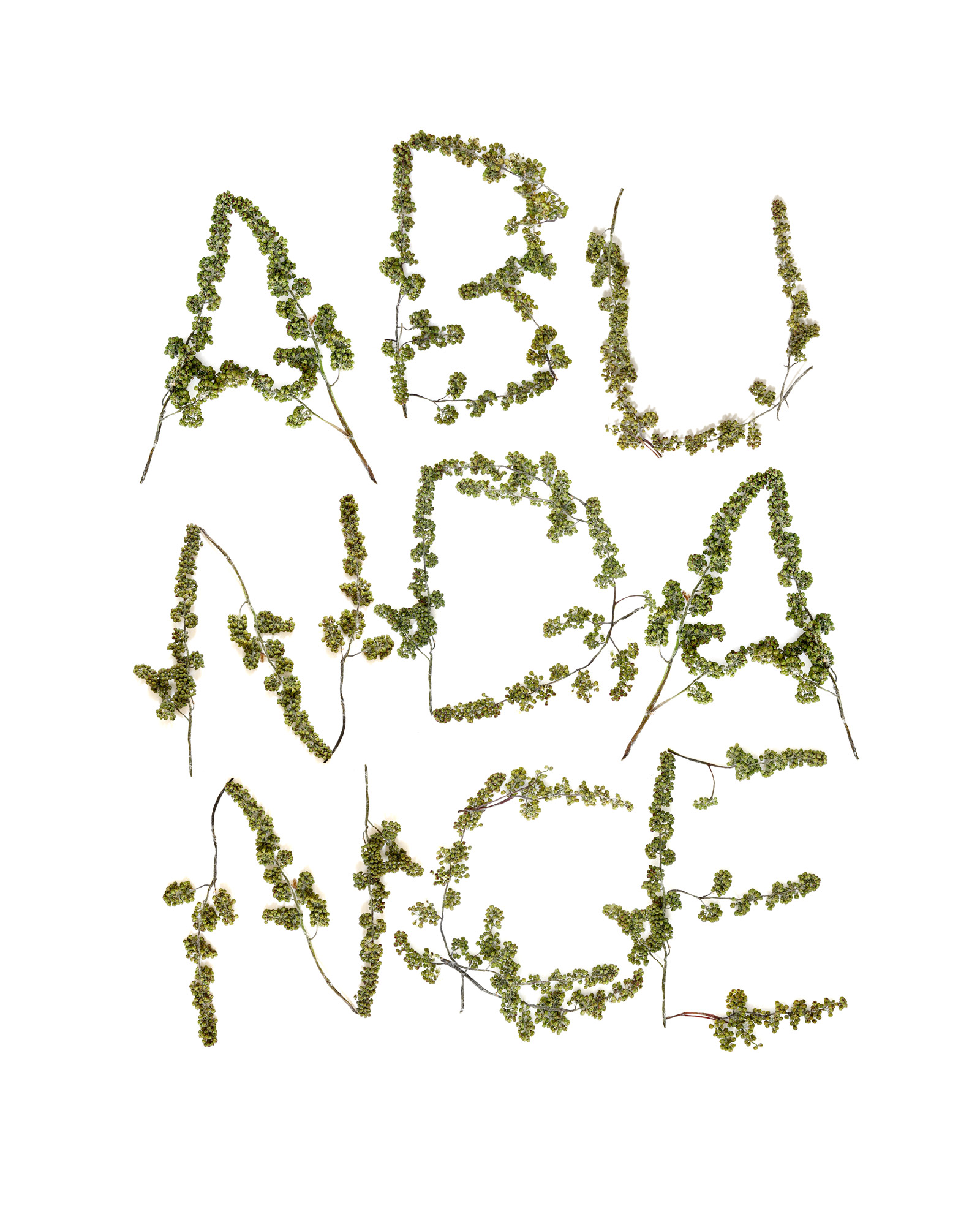
abundance
yesterday was certainly a day of abundance: of food and family. grateful for all of it. but now looking forward to this period of quiet. this week between christmas and new year has always been one of my favorites. all the festivities are over. all the obligations behind us. a time to reflect: to think about the year that was, and the year to come. my STILL book will launch soon, which will bring with it more activity than usual for me. so, this week of repose will more appreciated than ever.
grape vines with baby grape clusters
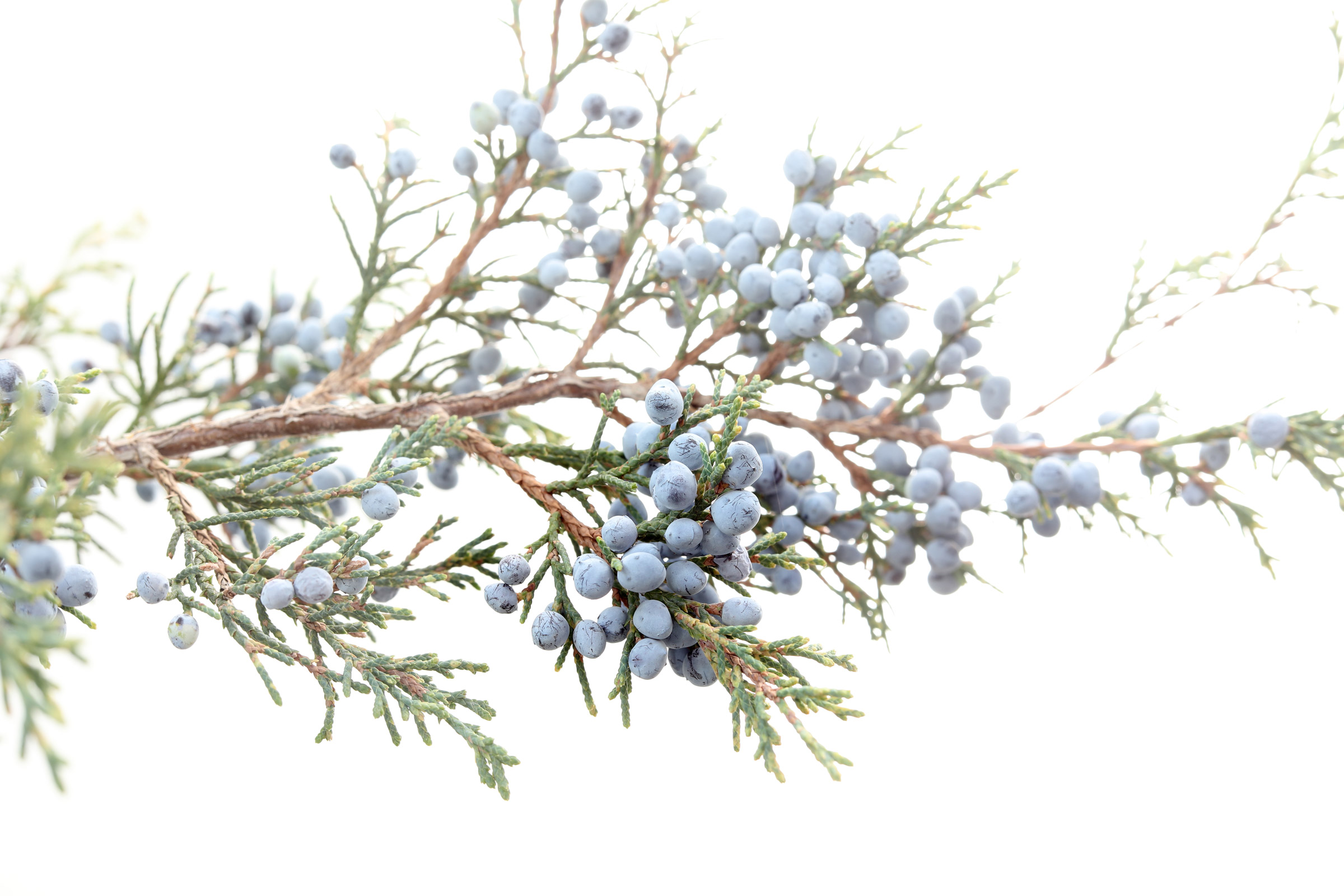
the return of light
just popping in and out today. happy holidays all!
blue cedar berries
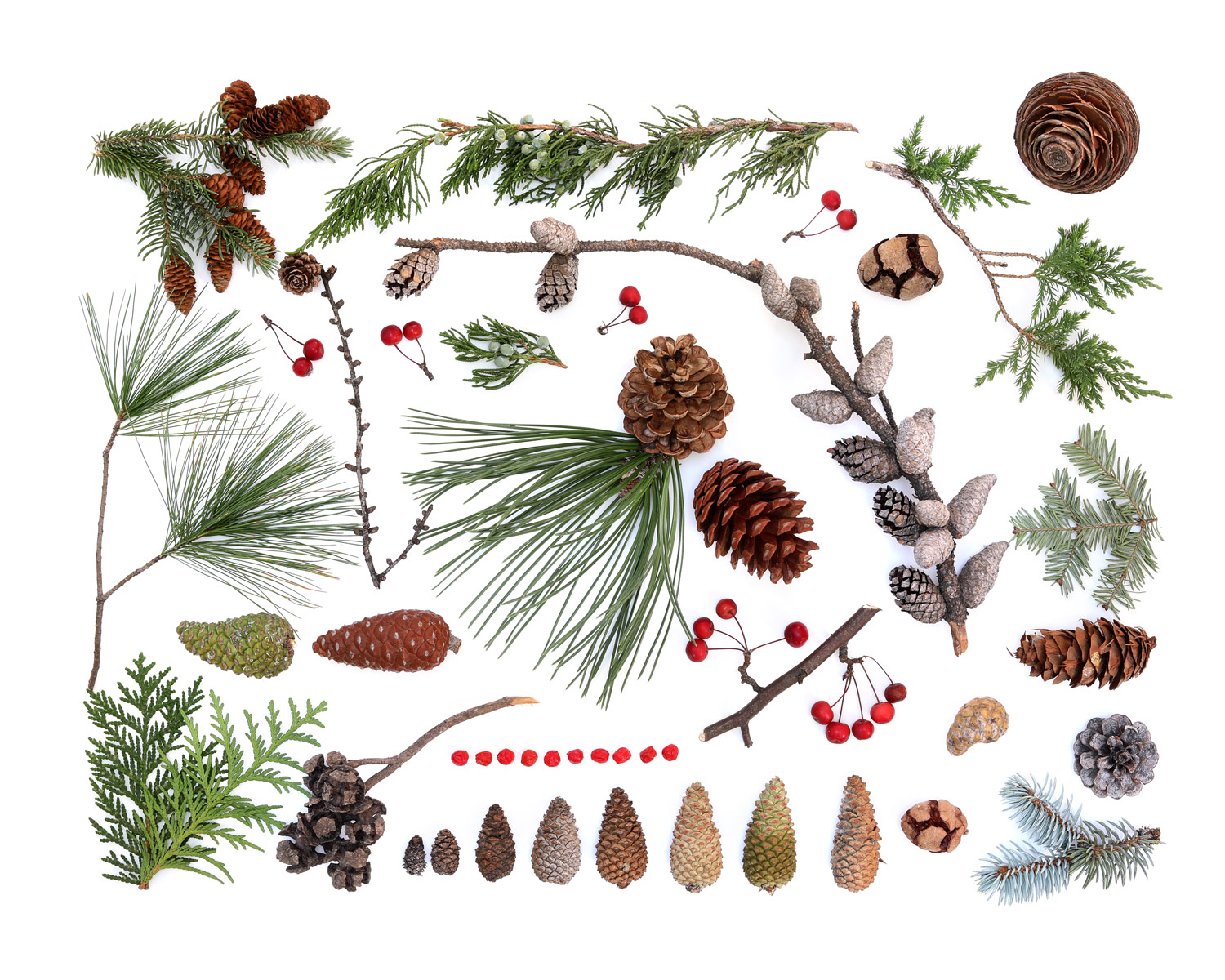
a winter assemblage
my son is home from college in nyc. we’ve got ribs slow cooking in the oven. the fire has been burning all day. and it is time for me to sit, and sip, catch up, and cuddle. i hope you all are fining some peace and calm this week. i’m grateful for each and every one of you. xo mary jo
winter assemblage of evergreens, pinecones, and red berries
-
My son, daughter in law, and grandson are with us for the holiday. Can’t ask for more joy.
Thank you for the beauty you share.
Peace.reply
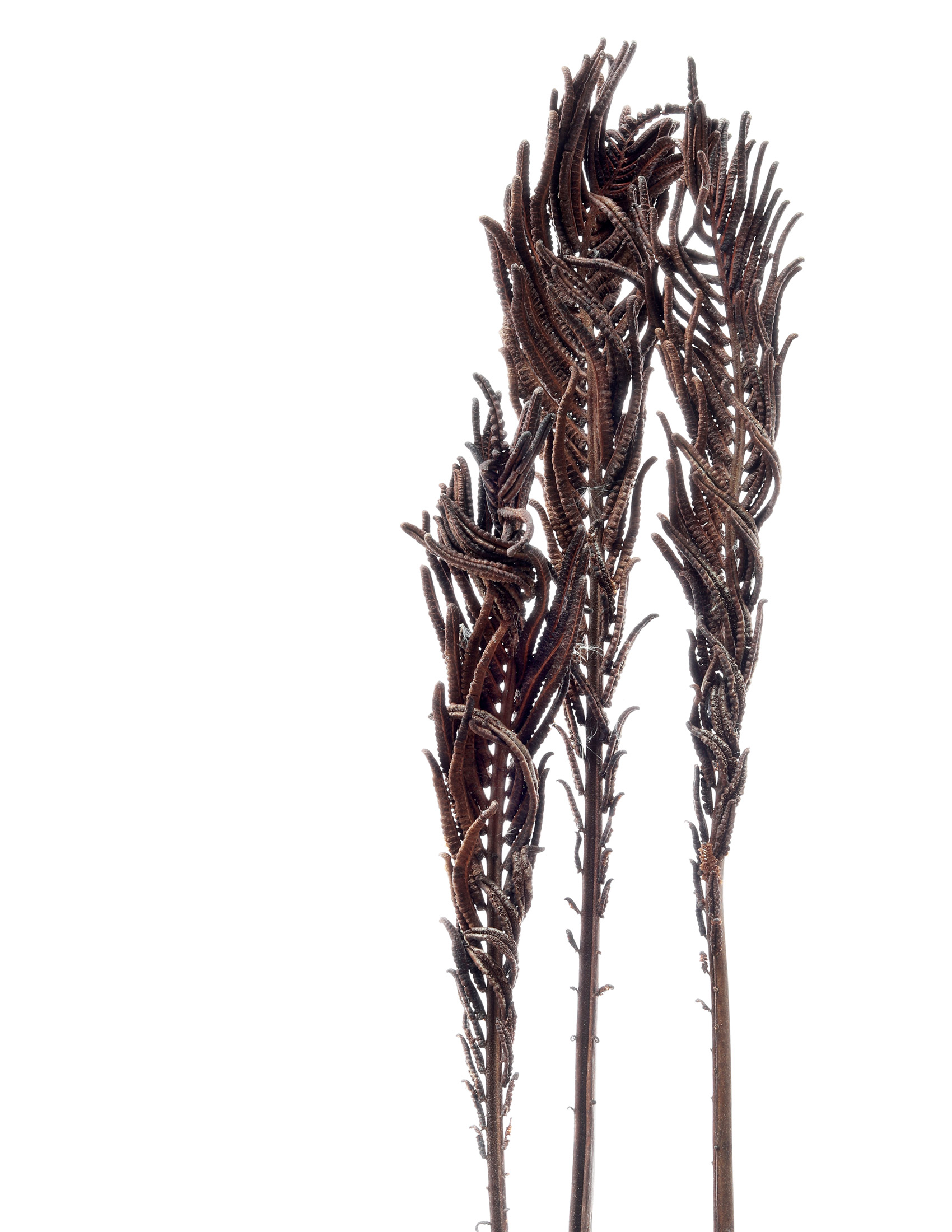
alien arms
ostrich ferns reproduce two ways: through rhizomes that sprout what are called daughter plants, and secondarily, and less often, through fertile fronds that produce spores. these spore fronds are described as having a beaded structure. but i can’t get over how much they look like dried meal worms. we used to buy dried meal worms for our chickens to supplement their winter diet. oh my, how they loved them! anyway, these dried spore fronds look very much alive and wriggling to me–little aliens with hundreds of beaded arms.
ostrich fern spore stems
-
So much repetition in nature if we just look for it! They definitely do look like meal worms, haha!
reply
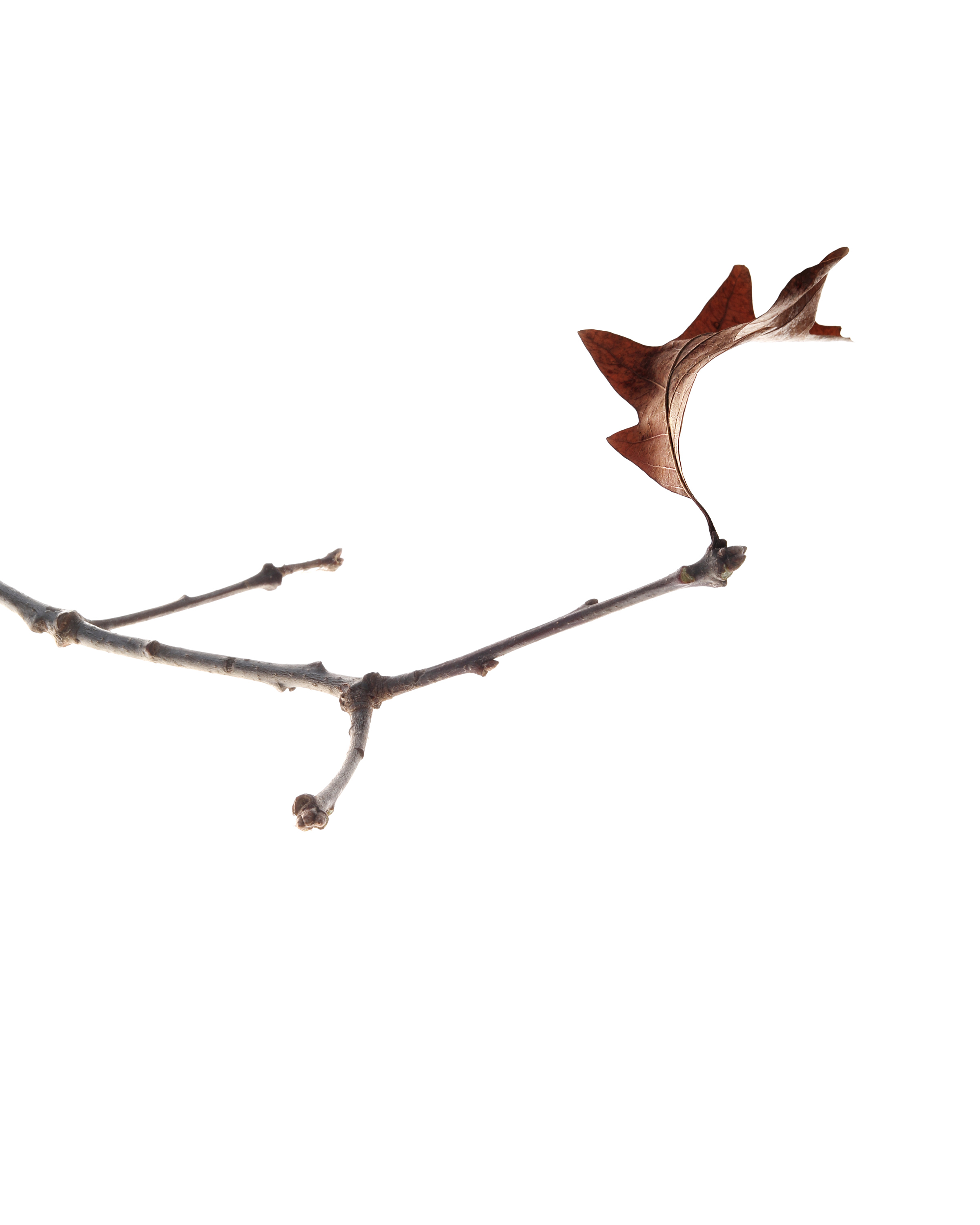
winged victory
this winter oak leaf looks perched and ready to take flight. as if it is just waiting for a blast of north wind strong enough to snap its petiole node that is the only thing tethering it to the branch. but it is not. oaks are marcescence trees, which means they don’t necessarily drop their leaves like other deciduous trees. for my nerdier readers, i put a little explanation of this below. for my more visually-dominant readers, you can go back to the image and delight in the winged-victory confidence of this solitary oak leaf.
white oak leaf on winter branch
**Evergreens were the first trees on the planet. Populations of those earliest evergreen trees encountered changing growing conditions as they expanded their ranges and as the long march of time proceeded. As if to hedge their bets against future change, trees began to develop different ways of doing what trees do, including new ways of growing and shedding their leaves. Thus our colorfully famous, broad-leafed hardwood was born.
Today in our woods, we still have several evergreens, like pine, spruce, hemlock, and fir. And we’ve also got the relative newcomers with short-lived leaves – birch, maple, cherry, and aspen, for example. But then we have a third class of tree in beech and oak that seems to represent a middle ground of sorts between evergreen and deciduous. Their leaves die, but many don’t fall when they die. Botanists call this retention of dead plant matter marcescence.
We do not know whether marcescence provides a competitive benefit to beech and oak, but we do know that these two species are closely related; they are in the same family (beech). Marcescence may indeed be helpful to trees living in dry, cold, deer-infested environments. But it may also be simply a sign that beech and oak are evolutionarily delayed, still on their way to becoming fully deciduous from their more evergreen past.
-
This visually dominant nerd did both. Very interesting…
And I added a new word to my vocab (which I’ll probably forget by next week)!reply



I hear you.
Your design made me see the word abundance in a new way. Abun – dance.I thought of the dance-ness of having enough, being content.
I love that! Dance-ness. Enoughness. Beautiful.